What Hi-Fi? Verdict
The Lindemann Limetree Bridge II streaming transport is a fine buy if you already have a good DAC somewhere in your system
Pros
- +
Precise, clean and crisp presentation when used with a quality DAC
- +
Stable software
- +
Easy to set up
Cons
- -
Limited feature set
- -
No DSD file compatibility
- -
Lack of display
Why you can trust What Hi-Fi?
The Lindemann Limetree Bridge II is a network bridge, sometimes referred to as a streaming transport. It plays music files from streaming services, any attached storage on your home network or connected directly into its USB socket and Bluetooth sources. Just add a quality DAC and off you go.
The vast majority of music streamers on the market include a DAC, of course, but the Limetree Bridge II’s lack of such a circuit may not be the issue it initially appears to be. We’ve come to the point in hi-fi where it isn’t unusual for a DAC module to be included in a stereo amplifier or a CD player to have digital inputs.
Failing that, there is no shortage of excellent outboard converters such as the Award-winning Chord Qutest, which we partnered with the Bridge II for this test.
Build & design

The Limetree Bridge II is a tiny unit that takes about as much shelf space as a coaster. Its casework is made from aluminium and is only available in silver as standard.
There isn’t a display, which leaves the front panel looking rather barren, with just a toggle switch and a couple of LEDs to provide some interest.
The toggle performs three functions depending on how long it is activated: a quick nudge upwards switches the steamer in and out of Standby, holding it for three seconds upsamples the incoming signal, while keeping the toggle activated for ten seconds resets the unit.
The LEDs indicate the signal sampling rate and operating status.
The latest hi-fi, home cinema and tech news, reviews, buying advice and deals, direct to your inbox.
Connectivity & features
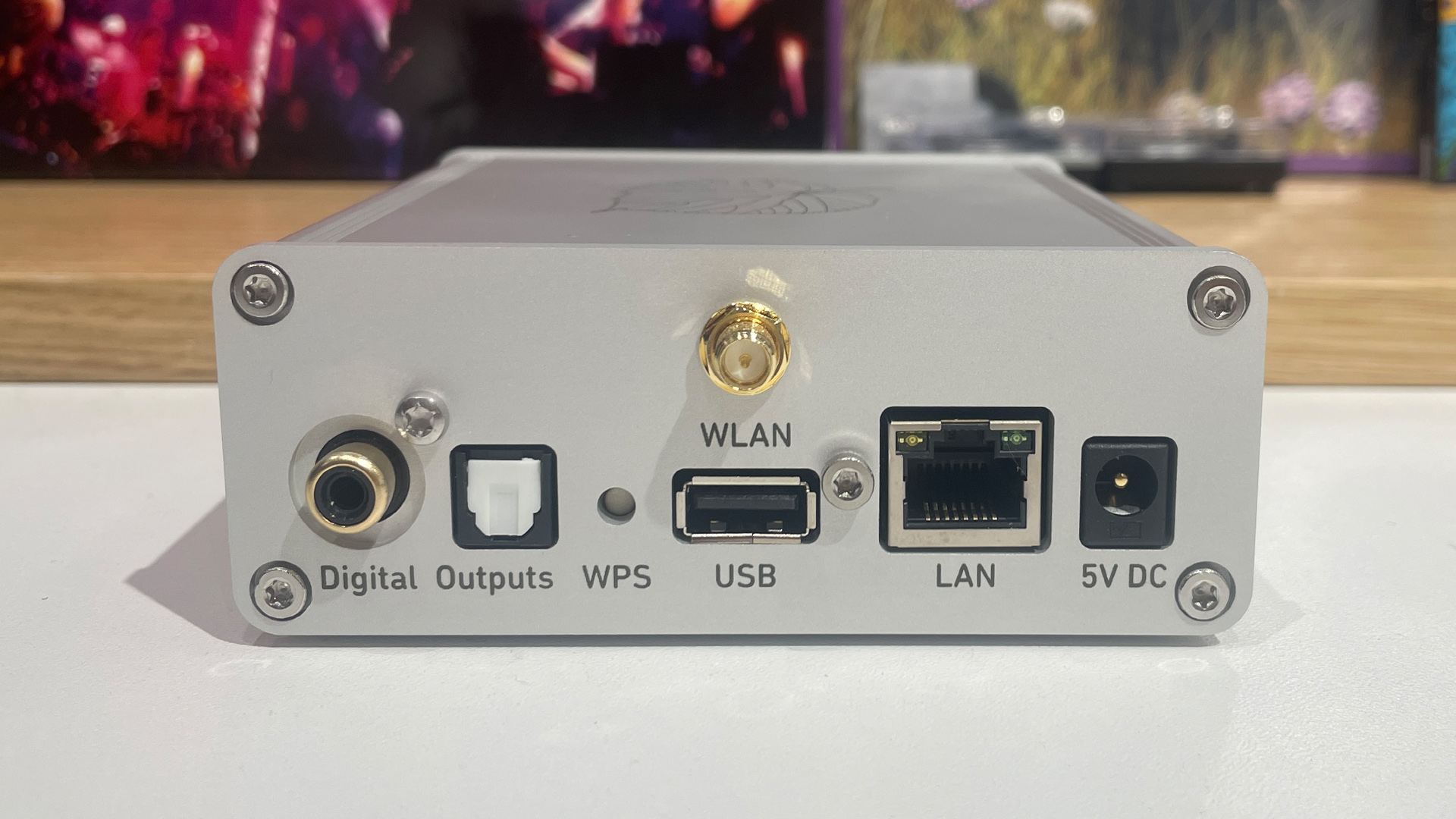
Given that the only outputs provided are coaxial and optical, there are firm upper limits for the signal the Limetree Bridge II can deliver. The coax is limited to 24-bit/192kHz streams while the optical tops out at 96kHz.
So, while the Limetree is compatible with hi-res 24-bit/384kHz PCM music files, they will be downsampled to 192kHz at best. DSD isn’t even on the menu.
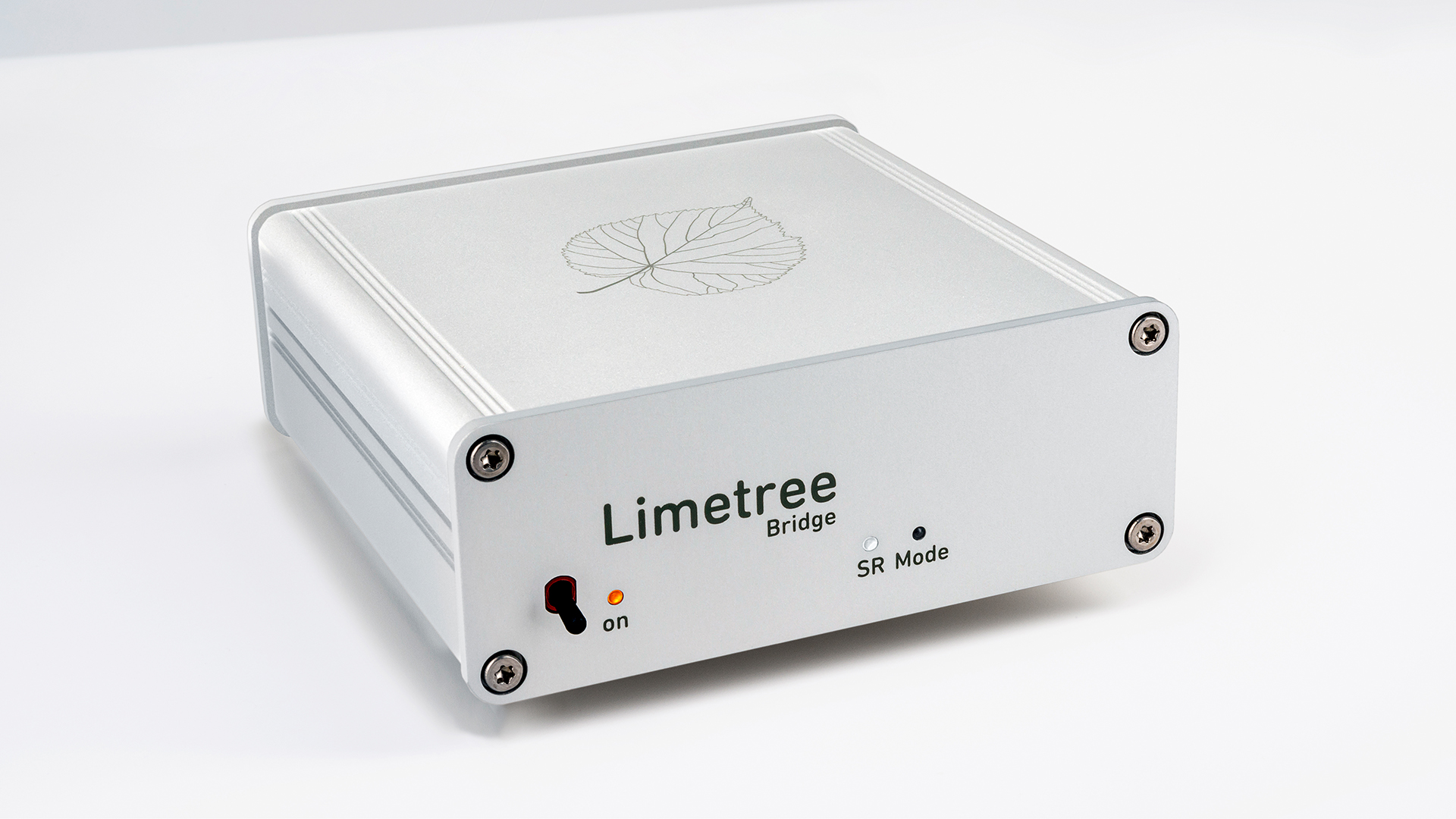
Sources Network streaming, Bluetooth
Network Wi-fi, ethernet
Inputs Network, USB Type A
Outputs Digital coaxial and optical
Headphone output? No
Max file resolution 24-bit/384kHz PCM
Streaming features UPnP, DLNA, Spotify Connect, Tidal Connect, Qobuz Connect, Deezer, Roon Ready, Internet radio
Dimensions (hwd) 10.7 x 4 x 10.7 cm
Weight 300g
Most modern designs don’t suffer from such shortcomings, and just about every one of them also includes either Apple AirPlay or Google Cast, if not both, which the Bridge II doesn’t.
On the plus side, music streaming services such as Tidal Connect, Qobuz Connect, Deezer, Spotify Connect and internet radio are all on the menu. This unit is Roon Ready certified too.
Overall, there is no denying that the Lindemann has some notable gaps in its feature list, and for some, these may be enough to be a deal breaker. We advise people to think carefully about their requirements before considering a purchase.
Look around the back and there are the aforementioned pair of SPDIF digital outputs, a USB Type A socket (for connection to file storage) and the Ethernet LAN socket. Wireless connection to the network is possible too.
Compatibility
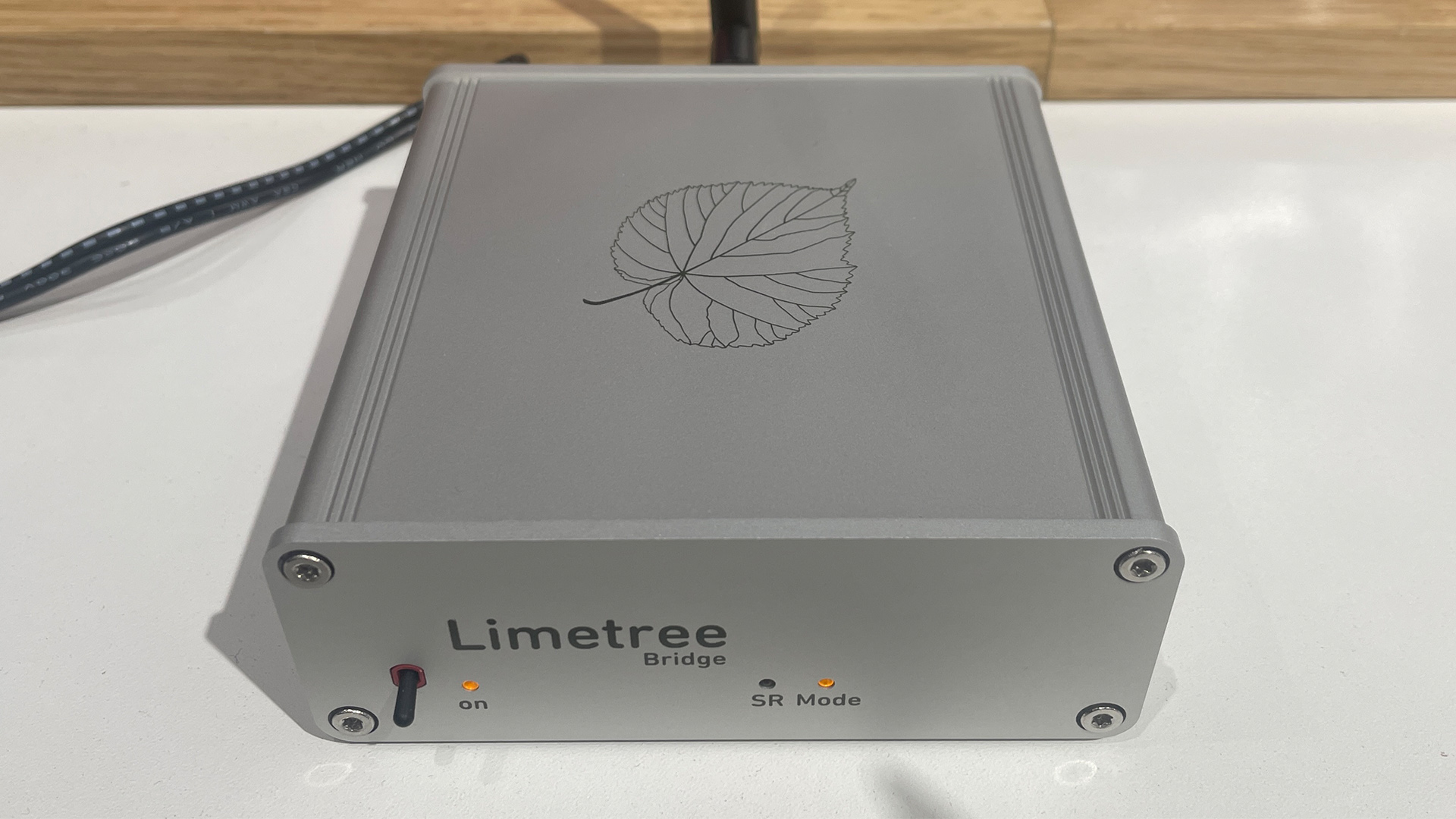
So far, the Lindemann Limetree Bridge II hasn’t put up a great showing for something that costs as much as it does. Start using it, however, and things turn for the better. This streaming transport is a breeze to set up thanks to an intuitive and simple app.
It connects to our network without issue, working with a slickness and stability that most rivals would envy. Our NAS units are quickly found, and we’re logged into Tidal and Qobuz in minutes. Even Bluetooth pairing with our elderly iPhone 12 Pro Max is a work of moments.
Given the Lindemann’s price point, partnering it with Chord’s Qutest DAC (£995 / $1625 / AU$2400) seems reasonable. The company makes a partnering Limetree DAC, but we haven’t heard it and so can’t recommend it as a good option. We suspect it will be worth a listen, given our experience of the brand’s other products.
The rest of our system is Burmester’s 088/911 MkIII pre/power and ATC SCM50 speakers, though we also try the Lindemann/Chord front end with the more price-compatible Naim Nait XS3 integrated amplifier driving a pair of Epos ES-14N speakers.
There aren’t many streaming transports on the market, so we decided to use the digital output from the Audiolab 9000N streamer (£2499 / $3699 / AU$5499) as our main comparison. For fun, we also compare the Lindemann’s performance to that of the Wiim Ultra streamer (£349 / $329 / AU$599), with both feeding the Chord DAC.
Sound
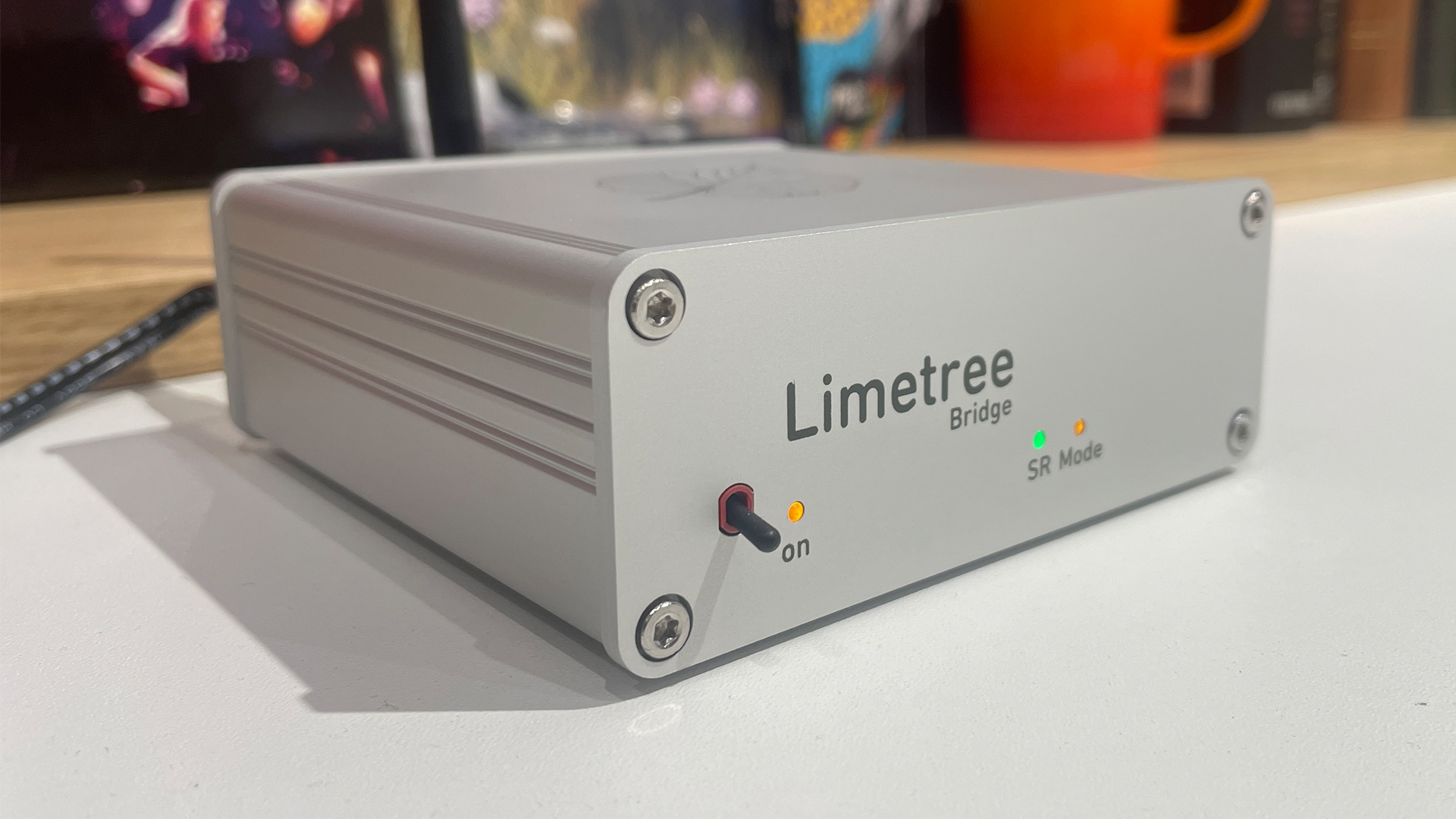
Stop reading if you think that the sound of the digital outputs from all these music streamers should be identical, because that’s certainly not what we hear. Feeding the Chord Qutest DAC, the Wiim puts on an admirable show given its relatively low price. However, it clearly loses out in terms of dynamics, detail and rhythmic precision to the others.
The comparison between the remaining two is much closer, but ultimately the Lindemann emerges on top. That’s no slight on the Audiolab, though, given that it includes a good DAC and has many of the features the Limetree Bridge II lacks.
The Lindemann wins out because it is a more expressive and enjoyable performer. As we listen to Sibelius’s Karelia Suite Op.11, it is the Limetree that holds our attention better, thanks to its more fluid sense of drive and more subtle way with dynamics.
There is a touch more detail too, though it is the way the little network transport puts all the information together to form a musical and engaging whole that we enjoy.
It sounds bold and powerful without getting overblown. Large-scale dynamic shifts come through with enthusiasm, yet subtle instrumental strands, and the positive impact they have on the piece, never get overlooked.
Tonality really isn’t something that a streaming transport influences a great deal, as other parts of the system are always going to be more characterful, but we can say that the Bridge II is as even-handed as we would expect it to be. The system’s stereo imaging is pleasingly large-scale and stable. It retains precision even when the music becomes busy.
While the Lindemann/Chord combination is hugely capable, it doesn’t deliver a massive amount of sonic weight or heavyweight bass that some streamers can. What we get instead is class-leading agility and definition of low notes combined with a high level of transparency.
That’s a trade-off we are happy with.
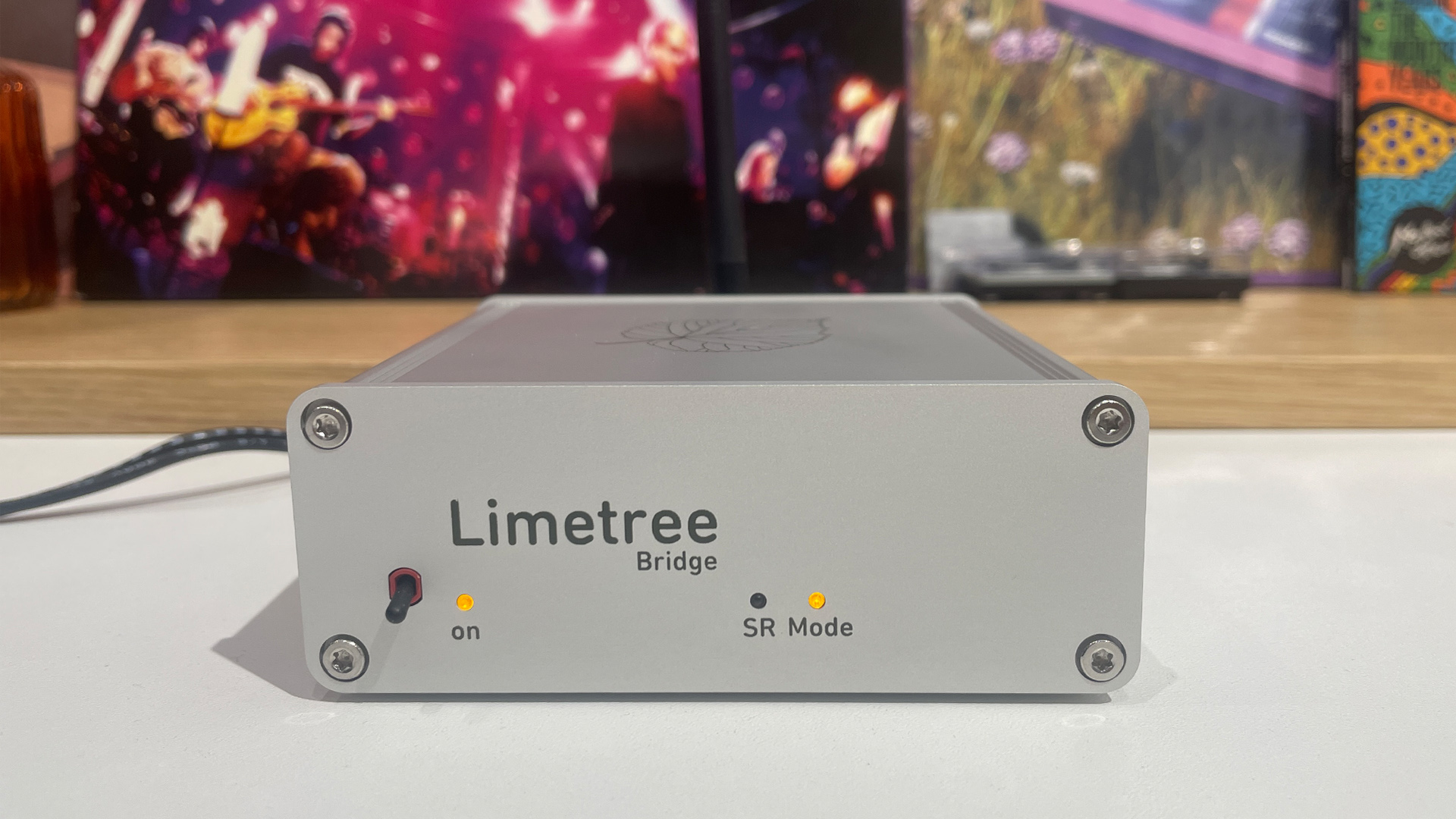
We spend many hours working through our music collection from our NAS units as well as streaming services such as Tidal and Qobuz. Nina Simone sounds as passionate and forceful as we would expect, her voice on Sinnerman is as clear and driven as we’ve heard at this level.
The instrumental backdrop sounds on point rhythmically and carries us along in the music’s energy. Radiohead’s The National Anthem blasts out of our ATCs with no shortage of enthusiasm. There is refinement to the sound but it doesn’t go as far as civilising a hard-charging track such as this.
It’s equally good news when we try the Bluetooth connection with our iPhone. While such a connection would never be our first choice for top-class sound, there is no denying its convenience. Using this input, the Limetree sounds solid, bold and capable, proving stable in use.
There is a good level of insight, and we find ourselves enjoying Armand Amar’s Poem Of The Atoms II rather than worrying about any degradation the wireless format may have added. We can’t ask for any more than that.
Verdict
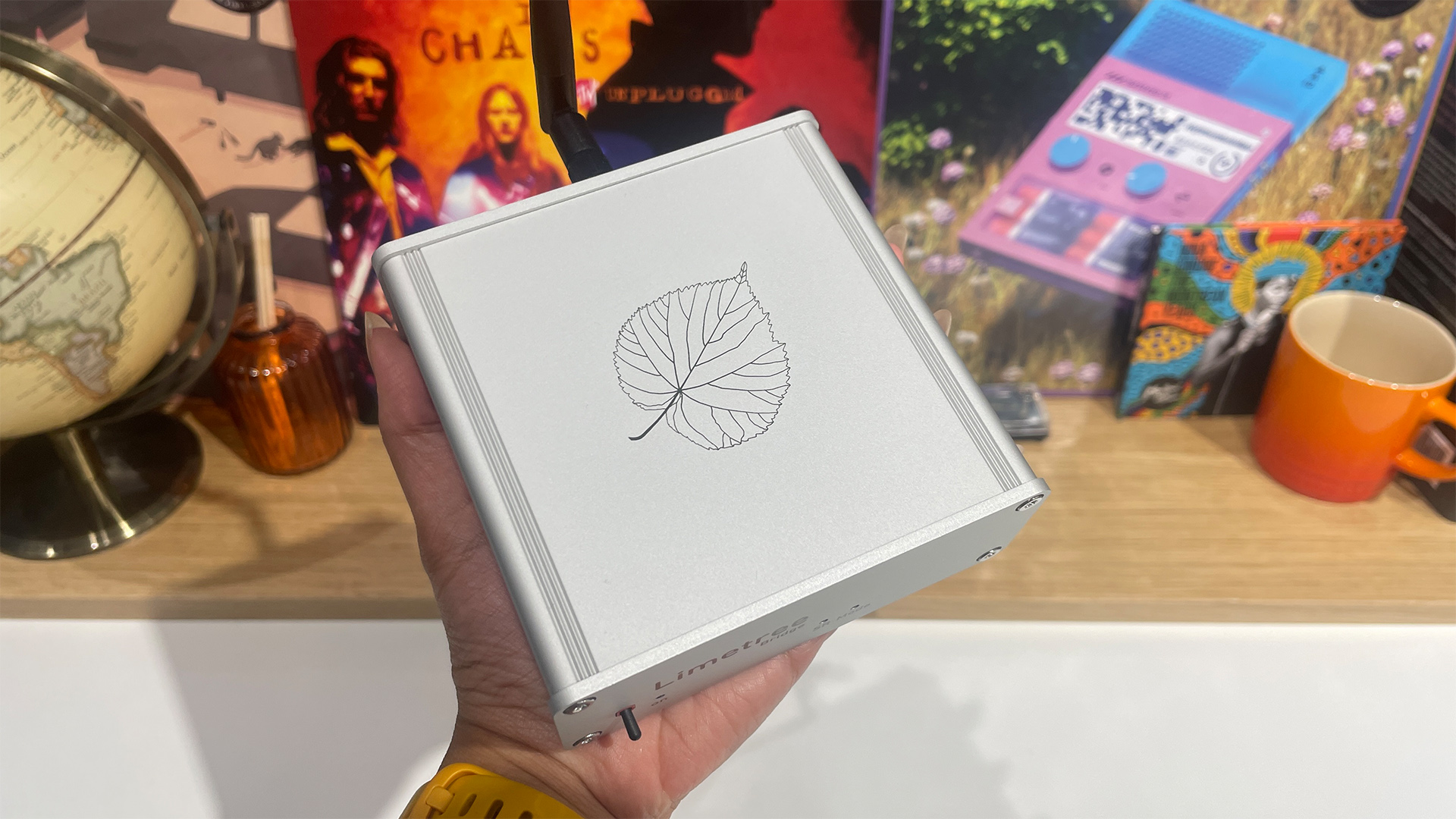
We are surprised that there aren’t more streaming transports available given the sheer number of products in the market that have digital inputs.
The Lindemann Limetree Bridge II may not look like anything special, and its feature set may be a problem for some, but when it comes to performance, we have heard few alternatives that we prefer.
Review published: 20th June 2025
SCORES
- Sound 5
- Build 4
- Features 3
MORE:
Read our review of the Chord Mojo 2 and Chord Poly
Also consider the Cambridge Audio EXN100
Best music streamers: top network audio players tested by our experts

Ketan Bharadia is the Technical Editor of What Hi-Fi? He has been reviewing hi-fi, TV and home cinema equipment for almost three decades and has covered thousands of products over that time. Ketan works across the What Hi-Fi? brand including the website and magazine. His background is based in electronic and mechanical engineering.
- Kashfia KabirHi-Fi and Audio Editor
You must confirm your public display name before commenting
Please logout and then login again, you will then be prompted to enter your display name.
